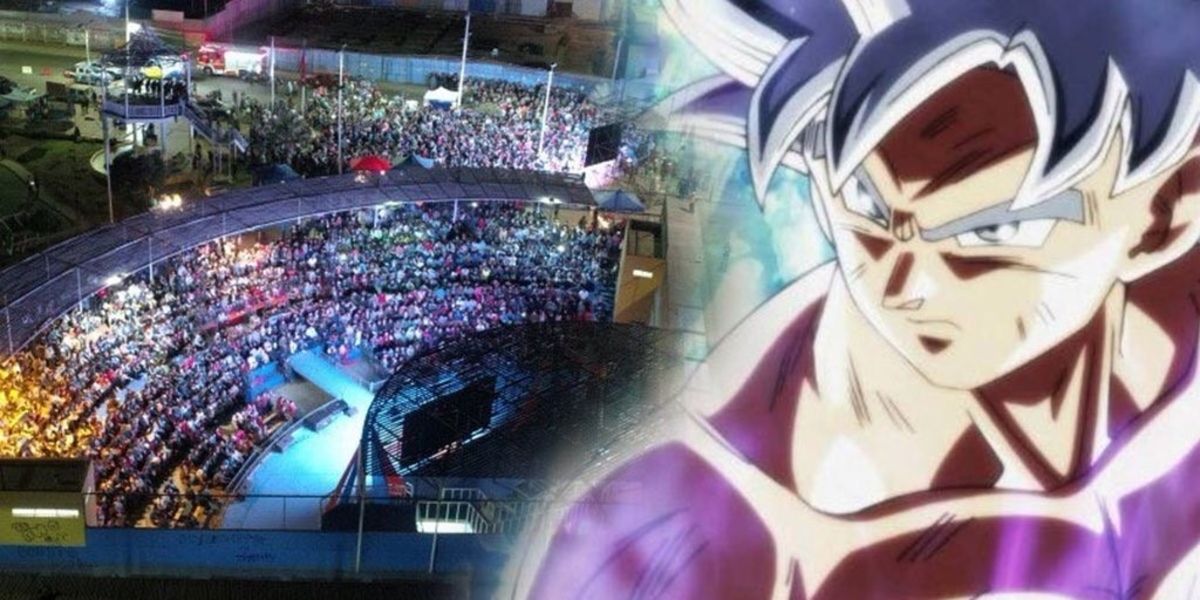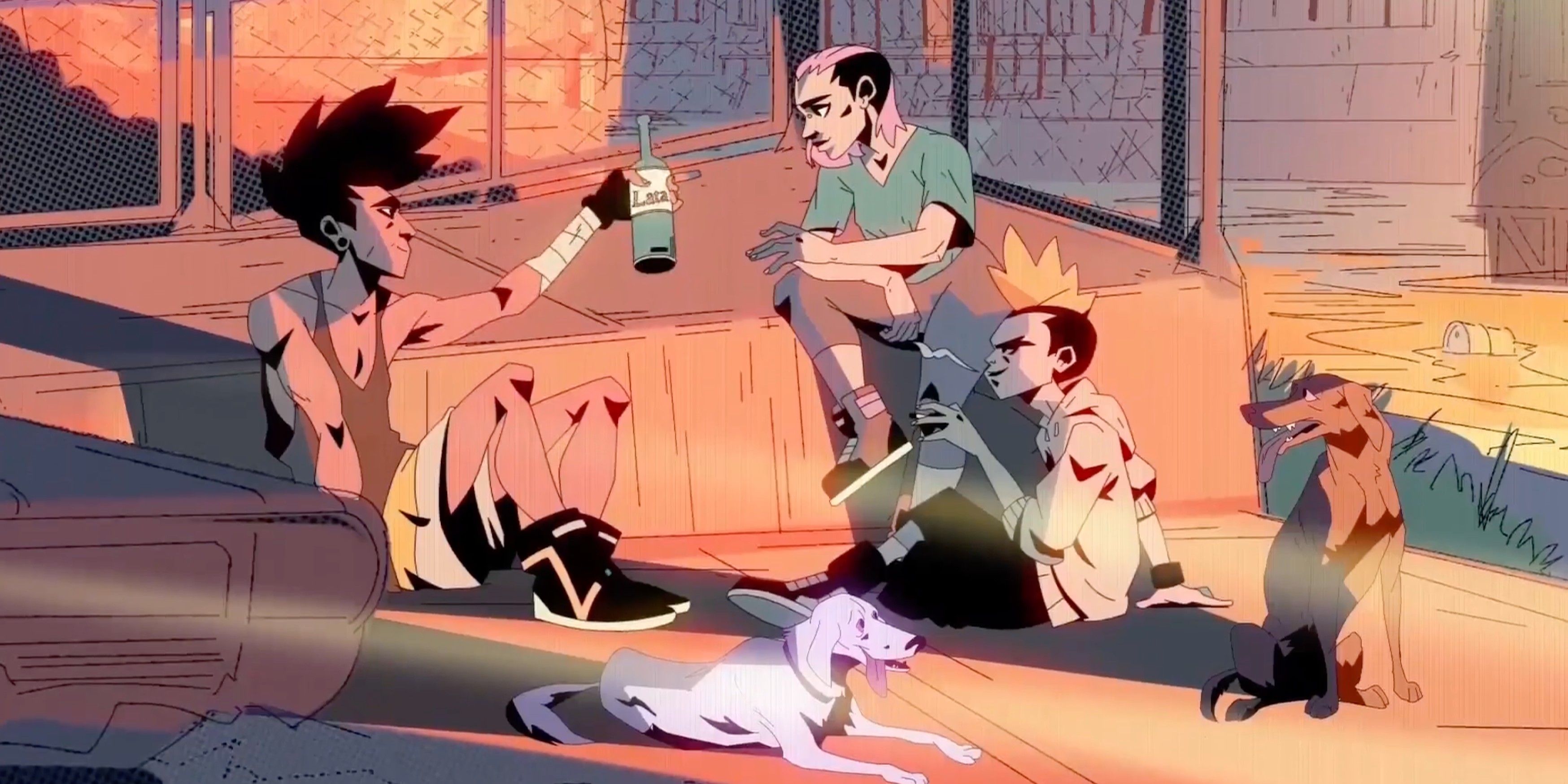Sofia Alexander's Onyx Equinox follows Tower of God and The God of High School as one of Crunchyroll's "Originals" slate of programming, and is steeped in Aztec history. Following a young Aztec boy who's saved from death by the gods, the show traverses through a number of Mesoamerican cultures and gives a nod to its massive Latin American audience, which holds the position of Crunchyroll's "second biggest" market worldwide, just behind the United States -- an impressive feat considering the popularity of Crunchyroll in countries like India and Canada.
It's clear that Latin America has a connection to anime that's a lot deeper than simple popularity. In March 2018, the penultimate episode of Dragon Ball Super was screened publicly to 10,000 fans in the city of Ciudad Juárez, Mexico. Similar events took place in Ecuador, El Salvador, and many other locations in Latin America. Interestingly, anime has also started drawing from the history and culture of the region, in series such as the Brazil-set Michiko & Hatchin.
Anime had its first exposure in the West in the 1960s, when NBC Enterprises bought the rights to broadcast Astro Boy in the United States. Adapted into an English version by Fred Ladd, the show would run for two years from 1963 to 1965 and repeats would continue until the early 1970s. Anime would gain greater prominence in the country with shows like Robotech, Sailor Moon, Dragon Ball Z, and more in the '80s and '90s.
In the United States, however, anime was forced to compete with homegrown content. In contrast, TV stations in import-dependent Latin American countries weren't able to create as much of their own content, certainly not in the rather expensive field of animation, and thus it became common to buy the rights for Japanese anime to fill the time slots. It's also important to keep in mind that the cost of the rights to Japanese anime were relatively cheap compared to the rights to broadcast American television programming. From there, the genre began exploding. Saint Seiya, Captain Tsubasa, Doraemon, and many other anime were broadcasted on a daily basis, creating a strong foundation for anime's future in Latin America. These shows found far more success in the region than they ever did in the United States and most other non-Japanese countries.
Anime further stood out in Latin American countries in comparison to in the US because of lax censorship standards. Where the English dubs of series like Sailor Moon and Dragon Ball had to be censored on US TV, Latin American fans got to see all the violence and sexual content intact. Similarities between the soap opera-y style of anime storytelling and the telenovela genre also helped anime prosper in Latin America.
Some anime and manga have drawn the history of Latin American civilizations, particularly ancient ones. The Aztec civilization is referenced in a variety of ways in Jojo's Bizarre Adventure: Battle Tendency, while the much-later anime Nazca would focus on the Inca civilization, hypothesizing a scenario in which Inca warriors were reincarnated into the modern world.
Undoubtedly the biggest hit in Latin America in terms of anime was Dragon Ball in the 1990s. The original English dub of Dragon Ball didn't initially catch on in the United States, but its popularity in South America and Mexico led to the series getting a second chance in the US, and the rest is history. The success of anime in Latin America can be said to be what allowed anime to find similar success in other parts of the world.
The popularity of anime in Latin America continues to persist to the present day, and for anime and manga creators, the historical and mythological background of Latin American civilizations offers relatively new territory. Dr. Stone's current arc is sending its cast to South America, where the petrification is hypothesized to have begun. The aforementioned Onyx Equinox and Netflix's Seis Manos serve as examples of Mexican American creators making anime-inspired series. Anime-inspired studios have even started popping up in South America, such as Argentina's Bellolandia, whose work has been compared to the works of TRIGGER and Science SARU.
Where will anime go from here in Latin America? Will new anime drawing influence from the region find even further mainstream success, or will these newer series be stuck in the shadow of pre-existing classics like Dragon Ball and Saint Seiya? Whatever the future holds, Latin American fandom has changed the history of anime around the world for the better.



